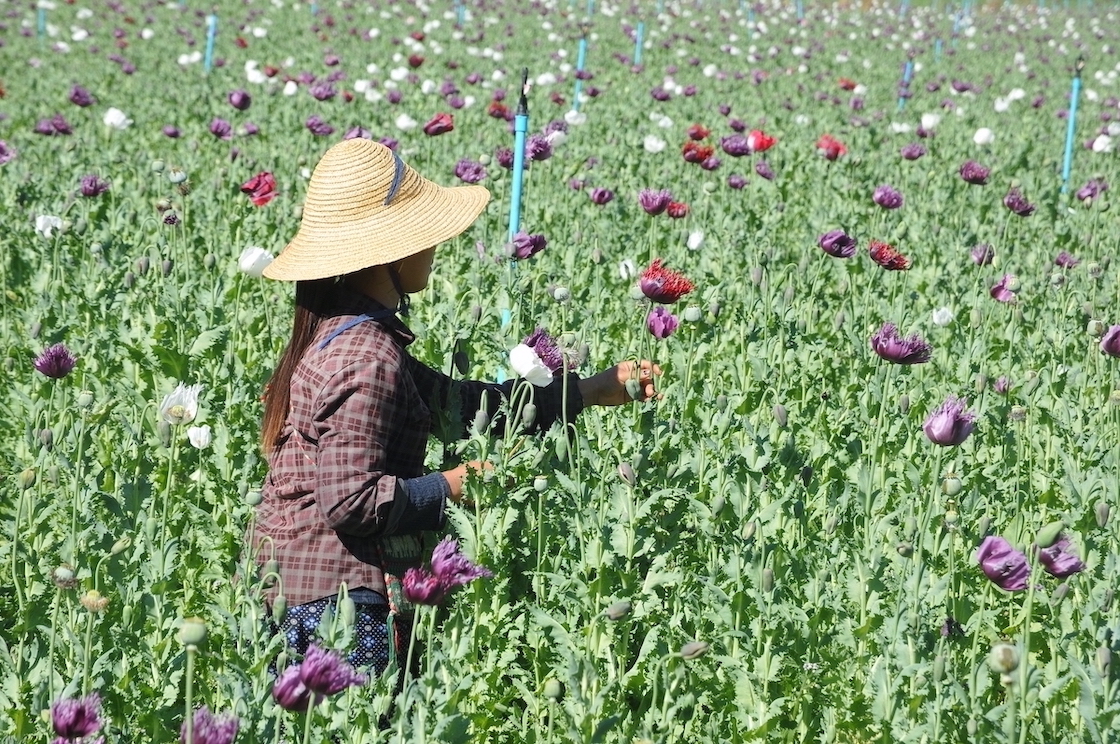|
|
|
Women and Drugs in Myanmar
A primer
|
|
|
|
|
|
|
What’s the role and position of women in opium cultivation areas in Myanmar? What is life like for women who use drugs in Myanmar? This primer maps out the gendered dynamics of drug policy in Myanmar, drawing from on-the-ground conversations with women involved in the drugs market.
 Photo: A woman working in the opium field in Pekhon Township, southern Shan State (TNI) Photo: A woman working in the opium field in Pekhon Township, southern Shan State (TNI)
When it comes to drugs and related policies, women and their experiences are often rendered invisible, or presented merely as an afterthought even though in many cases women tend to face harsher effects of punitive policies. This primer emphasises the need for a rights-based approach for these specific populations of women – women using drugs, women dealing drugs or couriering (sometimes to support personal use), and women engaging in the drugs market through opium cultivation.
But women’s positions are not limited to being the receiving end of repressive policies and practices. In most contexts, despite their lack of visibility, women play a wide variety of active roles within the drugs market, and more importantly within their families and communities, as we will show in this primer. Having said that, there is clearly a need to situate (drug) policy discussions within a broader look at women’s roles in leadership and decision-making processes, as opposed to only spelling out the impacts of drug policy and drug markets on women in Myanmar.
This primer aims to map out the gendered dynamics of drug policy in Myanmar, drawing from on-the-ground conversations (conducted between 2018 and 2021) with women who use drugs, women who grow opium, as well as women engaging in sex work and/or involved in the drugs market. These women must work to survive both in rural and urban areas. They come from various age groups (between 19 and 72 at the time of interviews) and ethnic backgrounds, residing in different areas in (Southern) Shan State, Kachin State, and Mon State.
|
|
|
|
|
|
|
|
|
|
|
|
|
|
Once the world’s top opium producer, Myanmar was largely overtaken by Afghanistan, and overall levels of poppy cultivation in the country have significantly declined over the past 40 years, notwithstanding fluctuations and surges, notably between 2006 and 2014. Building on previous TNI research and publications, this report analyses the causes and consequences of the declining opium cultivation and production in Myanmar and the surrounding regions.
Read more
|
|
|
|
|
|
|
|
|
|